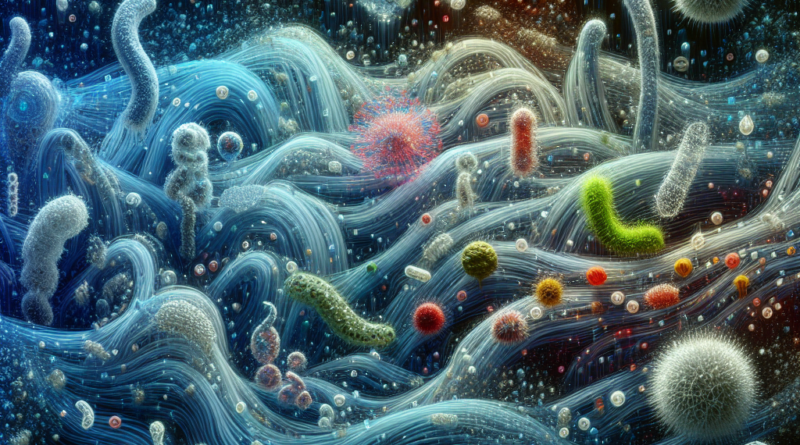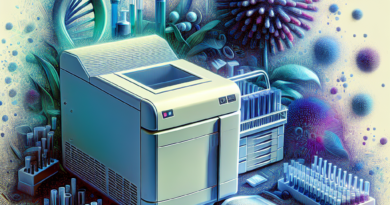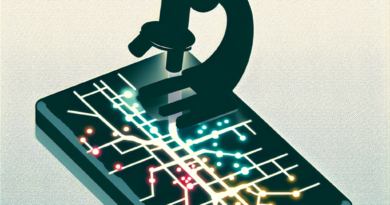Enhancing Microbial Recovery in Drinking Water: A Study on Ultrafiltration with Sodium Polyphosphate and Surfactants
Understanding the Techniques and Methods
Ensuring the safety of drinking water is a paramount concern for public health. When contamination events occur, it is crucial to have efficient methods for detecting a broad range of potential pathogens. Traditional water sampling methods, like “grab sampling,” are often insufficient due to the low concentrations of organisms and the delay between sampling and analysis, which can lead to microbial die-off and dilution.
The study we’re discussing today employed a technique known as tangential flow ultrafiltration. This method is capable of concentrating a variety of waterborne microbes in a single step. Ultrafilters with appropriate molecular weight cutoffs (MWCOs) retain microorganisms while allowing water to pass through. The cross-flow recirculation reduces the chance of microbes adhering to the filter surfaces, which is a common issue that leads to filter fouling.
However, the study did not stop at ultrafiltration. It investigated the use of sodium polyphosphate (NaPP) and surfactants, specifically Tween 80, to further improve the recovery of microbes. NaPP, a chemical dispersant, and Tween 80, a surfactant, were used to modify the surface charge and hydrophobicity of microbes and filter surfaces, respectively. This aimed to reduce the adhesion of microbes to the filter surfaces, thus enhancing recovery rates during ultrafiltration.
Highlighting the Results
The results of the study were quite specific and quantifiable. When filters were pretreated with fetal bovine serum (FBS) or NaPP, an increase in microbe recovery was observed. The addition of NaPP to tap water samples significantly improved the recovery efficiency of both microbes and microspheres. Backflushing the ultrafilter also significantly improved recovery efficiencies, and this effect was enhanced when Tween 80 was added to the backflush solution.
Here are some specific findings:
- The addition of 0.1% NaPP to water samples increased the mean recovery efficiency of bacteriophage MS2 and Salmonella enterica to 108% and 49%, respectively.
- Backflushing with 0.1% NaPP improved the recovery of Enterococcus faecalis and microspheres to 76% and 93%, respectively.
- Using 0.01% Tween 80 as a sample amendment resulted in mean retentate recoveries of 80% or higher for all studied microbes.
- The presence of 0.5 to 1% Tween 80 in the backflush solution significantly increased microbial recoveries, with most microbes showing a recovery rate of 70% or higher.
It’s important to note that while Tween 80 improved recovery rates, it also caused significant fouling of the ultrafilters, leading to reduced permeate rates and longer filtration times. Therefore, its practicality for large-scale water sample concentration was questioned.
The Impact of the Study
The study’s findings are significant for several reasons. First, it demonstrates that ultrafiltration, when combined with chemical dispersants and surfactants, can be effective for recovering a diverse array of microbes from tap water. This is particularly relevant for emergency response scenarios where rapid and robust methods are needed to test for contamination.
Second, the study suggests that NaPP can be a practical alternative to FBS for filter blocking, which can be more appropriate for field-based filtration and rapid response situations. This is because NaPP requires a shorter preparation time compared to the overnight blocking needed for FBS.
Lastly, the research opens the door to further optimization of water sample concentration techniques, which can lead to more efficient monitoring of water quality and quicker response to potential contamination events.
Conclusion and Future Prospects
In conclusion, while the study presents a significant advancement in water sampling techniques, it is essential to view it as a step forward in the ongoing effort to ensure water safety. The use of NaPP and surfactants like Tween 80 shows promise in improving the efficiency of pathogen recovery from water samples. However, the practicality of these additives in large-volume water testing and their potential effects on ultrafilter lifespan and performance require further investigation.
The future of water safety testing could see the integration of these findings into standardized protocols, potentially leading to the development of portable ultrafiltration units that can be deployed rapidly in the field. As we continue to refine these methods, we can expect to enhance our ability to safeguard public health against waterborne microbial threats.
Reference
Hill, V. R., Polaczyk, A. L., Hahn, D., Narayanan, J., Cromeans, T. L., Roberts, J. M., & Amburgey, J. E. (2005). Development of a Rapid Method for Simultaneous Recovery of Diverse Microbes in Drinking Water by Ultrafiltration with Sodium Polyphosphate and Surfactants. Applied and Environmental Microbiology, 71(11), 6878–6884. http://dx.doi.org/10.1128/AEM.71.11.6878-6884.2005




